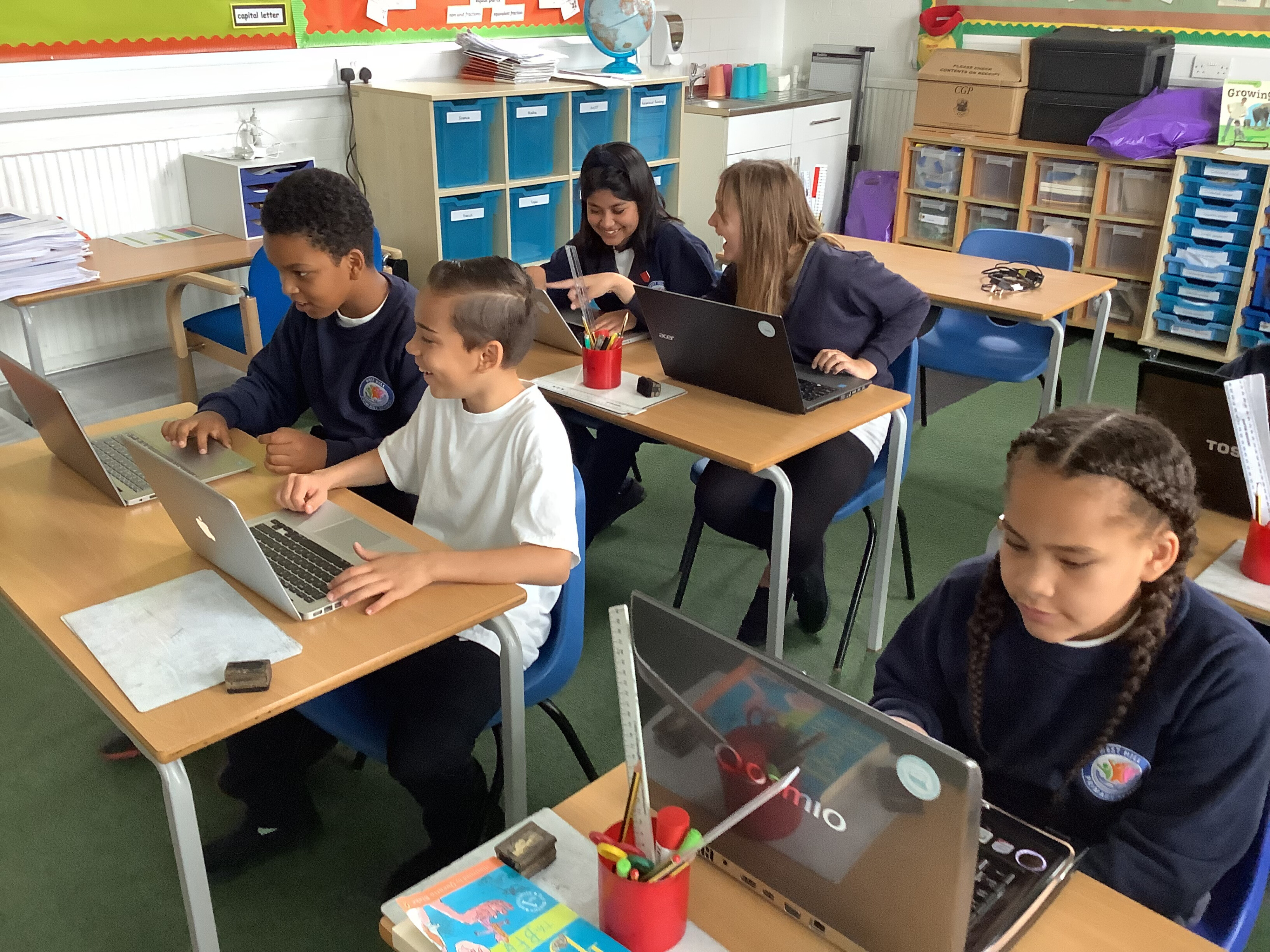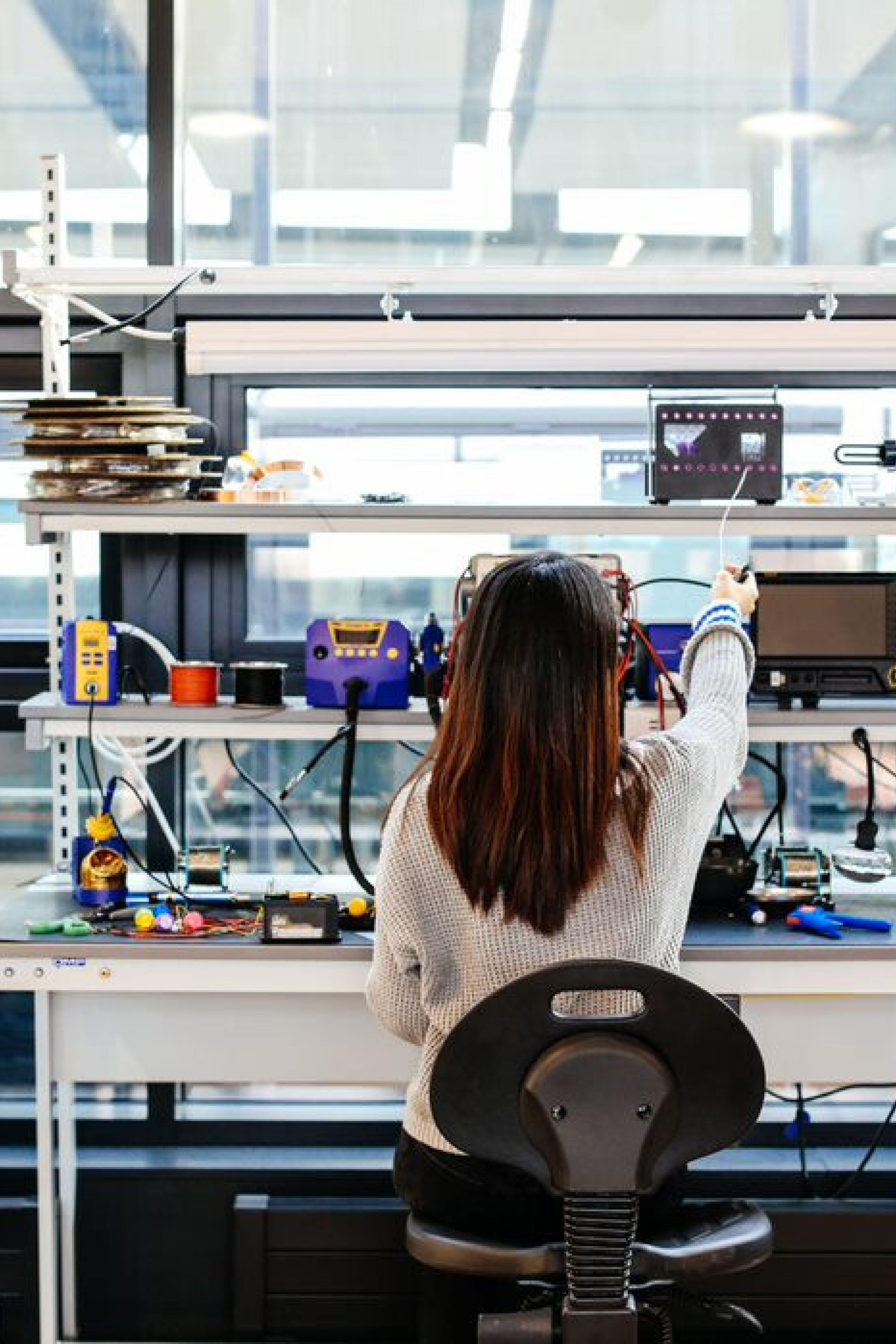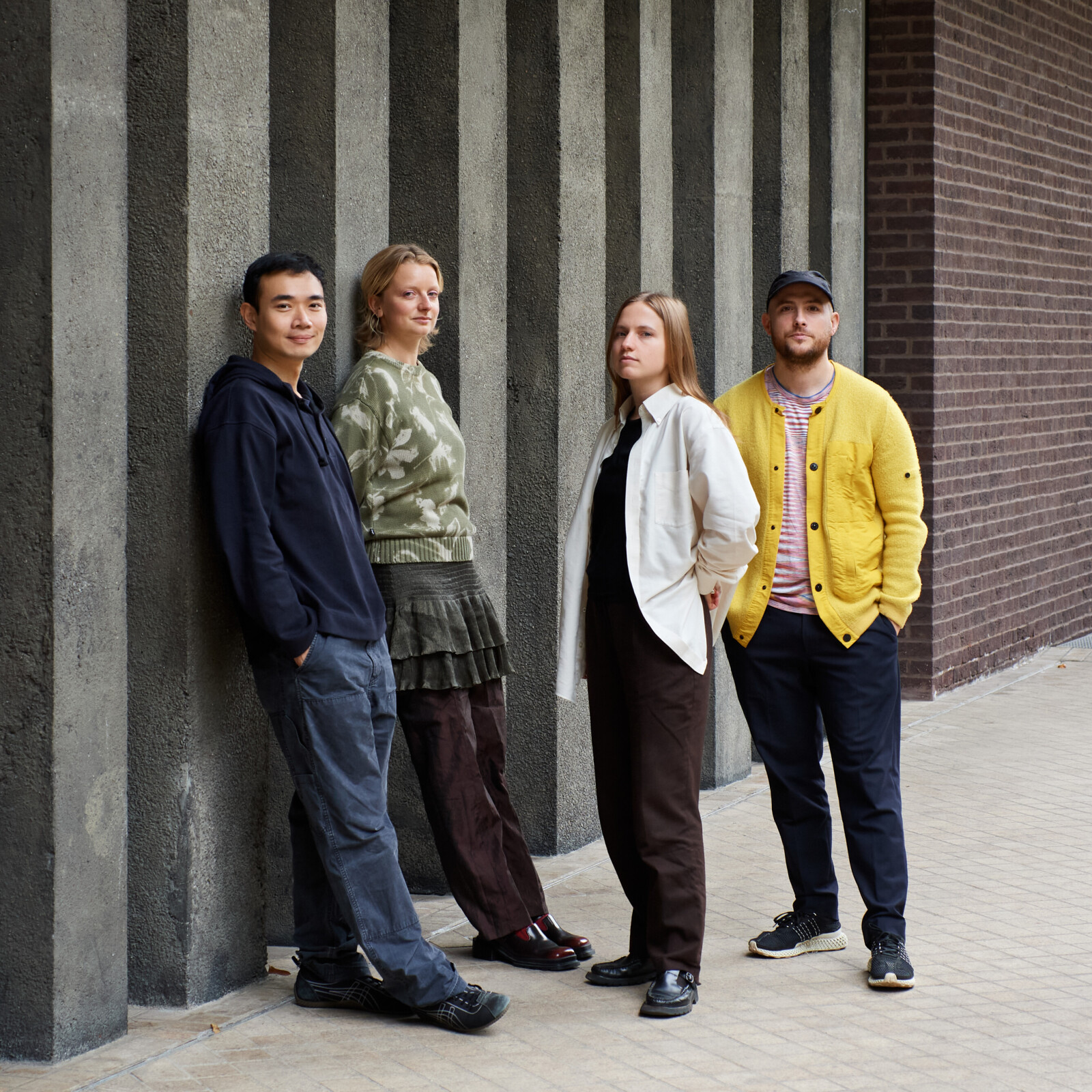The Design Exchange Partnerships are fifteen AHRC-funded research projects integral to the Future Observatory programme. Each funded project brings researchers into collaboration with non-academic partners, such as local councils and businesses, to address the climate crisis. In this interview series we highlight a particular project; its aims, obstacles and ambitions going forward.


Our lives have undoubtedly taken a digital turn over the past twenty years. Computers, smart phones and tablets are an integral part of our day to day lives in the UK but, due to their price point and short lifespans, there is a significant accessibility gap to these devices. Power to Connect was set up during the pandemic in partnership with Wandsworth Council and Battersea Power Station to support families across the borough to stay connected when schooling moved online. Through their partnership with the UAL Creative Computing institute, Power to Connect is working to close the digital gap by offering a safe method for computer re-use. Our coordinator Lila Boschet spoke with artist and researcher Irtiza Nasar to learn more.
LB
Can you give me an overview of your research?
SIN
The research is a collaboration between Power to Connect, a not-for-profit addressing digital exclusion within deprived communities, and the UAL Creative Computing Institute to develop an open source data wiping tool. The tool helps to reduce e-waste and digital inequity by ensuring that second-hand devices can be safely repurposed and handed over to young people.
LB
How do you see your research interacting with the climate crisis?
SIN
The UK is one of the worst producers of e-waste (electronic waste): in 2016, 24.9kg of e-waste was produced per person. Laptops and smart devices often go to waste, rather than being recycled and re-used, because they cannot be efficiently wiped of sensitive data. One of the key ways to reduce e-waste is to extend a product's lifespan by finding a new use for it or by re-using it. This can be done by ensuring effective data wiping. The open-source software we’re developing could radically reduce e-waste for large companies and increase access to digital devices for marginalised young people.
LB
Who do you want the findings of your research to impact?
SIN
There are several strategic areas that the research findings of the project aims to impact.
Currently, Power to Connect only repurpose laptops. With the research findings, they would also be able to develop the technology to wipe other devices for re-use, such as mobile phones and tablets. Our project will also allow Power to Connect to double their trained volunteers by drastically reducing training time and increasing the current output capacity of recycled laptops with existing volunteers.
Power to Connect is also aiming to redistribute devices to 300 more schools to address the digital divide in the next couple of years. The security that this software would provide means that more schools can take part in the scheme without the risk of children and families having access to inappropriate data from hardware that has not been wiped properly. By demonstrating that the software can securely erase data, more potential partners will feel confident in donating their devices and so there will be a greater pool of higher quality devices to redistribute.
LB
What is the future of the project?
SIN
There are several different milestones planned for the future of the project. The initial step is to acquire more funding to build upon the current research. We would like to develop the current software further to work beyond just laptops and instead target other devices such as android tablets. We would also like to build a small system to determine the overall health of the laptop, such as its battery life and the proper functioning of the screen to determine if devices are in a condition to be donated.
We also aim to run demonstrations, training and offer consultancy services for organisations seeking to reduce their carbon footprint and have a positive impact on social inequality. This would be an opportunity to build new relationships with potential clients and partners for growth and commercial viability. Part of what our project is doing is raising public awareness regarding the environmental impact of consumer behaviour and digital inequities. We want to empower regional authorities, schools and community centres to distribute refurbished devices to families in need.




